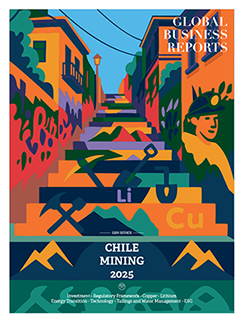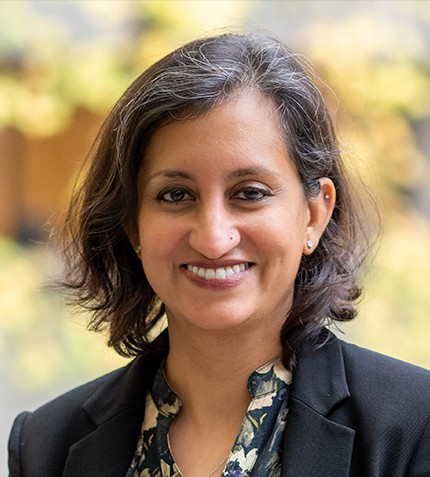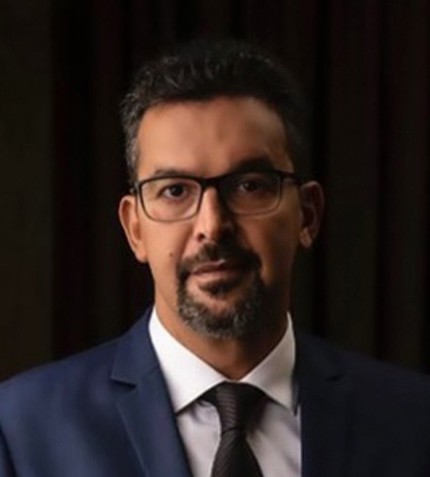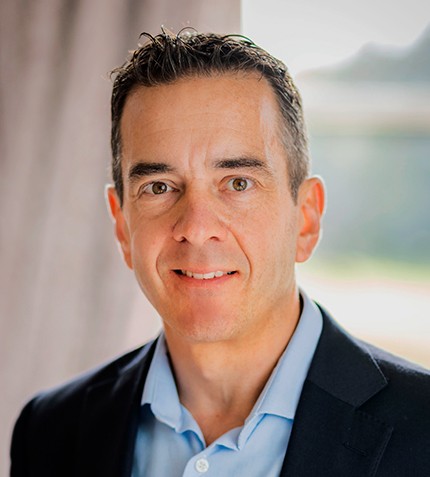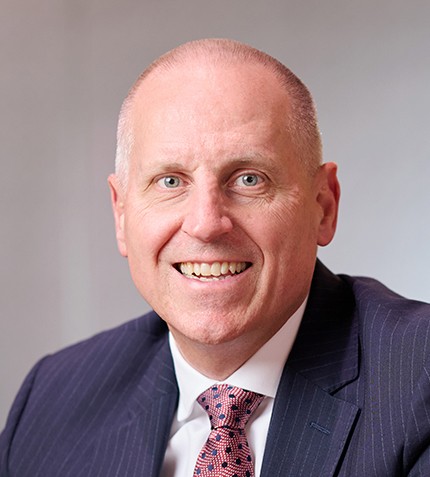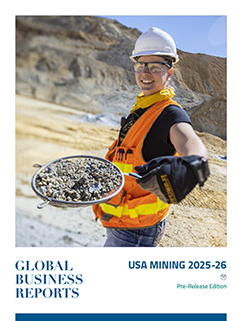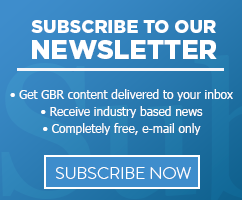
"I see opportunities everywhere, from greenfield projects to sustaining capital projects, where even a small percentage of recovery can yield substantial benefits for mining companies."
RELATED PUBLICATION
María Paz Núñez Cristino
VP CHILE. AUSENCO
What key milestones has Ausenco achieved in Chile over the past year?
Completing the Mantoverde project was an exciting milestone for us in 2024, and also set a new benchmark for Chile’s mining industry. The project was a team effort in every sense of the word. We led the work from our office in Chile and were supported by technical experts in Australia and Canada. This integrated approach brought together the best minds to find the right solutions. This project also added to our 15-plus years of uninterrupted project execution across the region. We are very proud of the efficient and optimized design we delivered to Capstone Copper – truly a world-class project.
What strategies have helped address current mining challenges in Chile?
The mining industry today is facing numerous challenges, including mineral hardness, increasingly lower grades, and water availability. We consider these factors, and we approach every project with a focus on efficient and sustainable practices from early stages, such as concept studies through to commissioning and operation, to deliver the best outcomes for our clients. Since its inception, Ausenco has always focused on reducing the carbon footprint of a project, ensuring a reduction in the environmental impact, and maximizing the return on investments for our clients around the world.
What factors led to the Mantoverde project being delivered on time and on budget?
Being involved in the Mantoverde project from very early stages gave us the ability to define and scope the project more effectively. Projects tend to be most efficient when the company defining the business case executes the project. This partnership approach avoids loss of knowledge between contractors, increases accountability, and streamlines communications.
In addition, we also had a strong and transparent relationship with Capstone Copper and our contractors. These relationships were pivotal to the success of the project.
What initiatives has Ausenco launched for workforce development and training?
One of the major problems we will face in the industry in the coming years is a lack of human capital, especially considering that several important projects are expected to get a green light and run on similar timelines. Here at Ausenco, we have strong professional development programs to support our talent. We also have a robust graduate program that focuses on attracting and developing new talent. In addition, internal initiatives like Women@Ausenco provide mentorship and support to our female talent within our organization. While we have a good representation of women, our focus is to create an environment where we can develop and support that talent. We want to maintain engagement across the organization and ensure people see real opportunities for professional growth and development here at Ausenco.
What more can be done to increase women's participation and leadership in mining?
The industry has made some great progress regarding women's participation, but there is still much more work to do. I believe we have a collective responsibility to show the broader community the benefits and positive outcomes that can be realized when women are involved in different sectors. We need to move beyond our microsystem and be able to make a real contribution to society.
Where do you see growth opportunities for Ausenco in 2025 and beyond?
We are emerging from a period where investment has largely stagnated. However, with today's copper prices and the current economic climate, mining companies can no longer afford delays in their investments. I see opportunities everywhere, from greenfield projects to sustaining capital projects, where even a small percentage of recovery can yield substantial benefits for mining companies.
In this context, we remain committed to supporting our clients from the earliest stages of project development. A clear example is our ongoing collaboration with Capstone Copper on the Santo Domingo study. In the past, mining companies would often engage different firms at each stage, resulting in cost overruns and repeated re-evaluations. Today, we are seeing stronger, more integrated relationships between mining companies and their partners.
Following our successful work at Mantoverde, we are now advancing engineering at Santo Domingo and we look forward to continuing through detailed engineering, construction, commissioning, and beyond, helping to deliver a project ready to perform.




